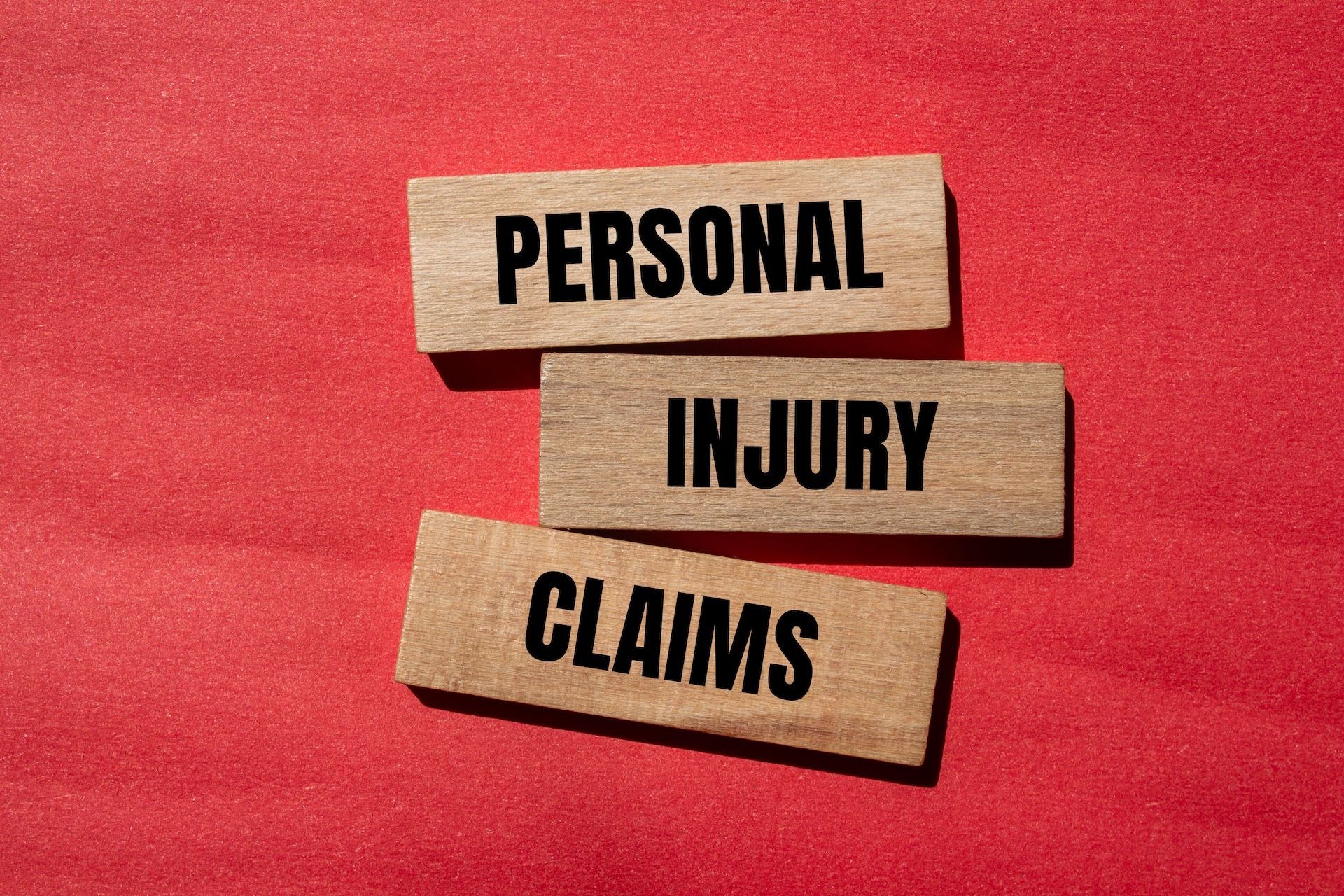Sylvia Davis v. CPS 1 Realty GP LLC and Tishman Construction Corp.

Case Name
Sylvia Davis v. CPS 1 Realty GP LLC and Tishman Construction Corp.
Type of Injury
KNEE, NECK AND WRIST INJURIES
Occupation
Apprentice Mason Tender
Location
New York, New York
Verdict
The jury found that Davis’ damages totaled $1.2 million. After the addition of the stipulated medical expenses, Davis’ recovery totaled $1,256,844.99.
Verdict Amount
$1,240,000
Case Details
On Feb. 6, 2006, plaintiff Sylvia Davis, 41, a union-affiliated apprentice mason tender, worked at a renovation site that was located at 768 Fifth Ave., in Manhattan. During the course of the day, Davis boarded a personnel hoist that provided access to the upper levels of a building that was being repaired. Davis exited the hoist upon reaching the building’s 10th floor, and she fell while she was descending a temporary ramp that led from the hoist’s landing to the 10th floor. She claimed that she sustained injuries of a knee, her neck and a wrist.
Davis sued the premises’ owner, CPS 1 Realty GP LLC, and the renovation project’s manager, Tishman Construction Corp. Davis alleged that the defendants violated the New York State Labor Law.
Davis claimed that the ramp spanned a gap that measured 2 to 4 feet in height and that its surface was composed of wooden planks. She claimed that one of the planks shifted beneath her feet, that one of her legs fell into an opening created by the shifting plank, and that she fell forward, onto the ramp.
Davis’ counsel contended that the defendants violated New York Codes, Rules, and Regulations, title 23, part 1.7(e)(1), which specifies that a work site’s passageways must be free of any condition that could constitute a tripping hazard, and parts 1.22(b)(2) and 1.22(b)(3), which specify that a ramp’s supporting planks must be securely joined and nailed. He further contended that the violations established that the defendants failed to provide or ensure reasonable and adequate protection, as required by Labor Law § 241(6). Davis’ counsel also contended that the incident stemmed from an elevation-related hazard, as defined by Labor Law § 240(1), and that Davis was not provided the proper, safe equipment that is a requirement of the statute.
Defense counsel contended that the ramp was safe. He also contended that a plank could not have shifted in the manner that Davis described.
Davis’ counsel moved for summary judgment of liability, and the motion was granted. Justice Joan Madden found that the defendants violated Labor Law §§ 240(1) and 241(6). The trial addressed damages.
Disclaimer: The information on this website and blog is for general informational purposes only and is not professional advice. We make no guarantees of accuracy or completeness. We disclaim all liability for errors, omissions, or reliance on this content. Always consult a qualified professional for specific guidance.








